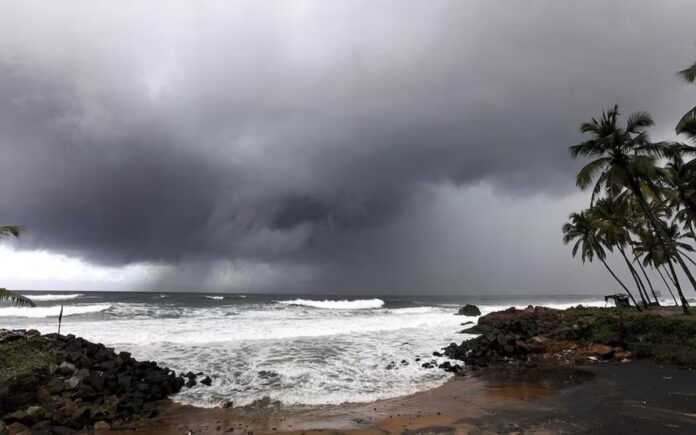New Delhi: India’s southwest monsoon made landfall in Kerala on Saturday, marking the earliest onset over the Indian mainland since 2009, when it had reached the coastal state on May 23, according to the India Meteorological Department (IMD).
Typically, the monsoon arrives in Kerala around June 1 and progresses gradually to cover the entire country by July 8. Its withdrawal usually begins from northwest India by September 17 and concludes by October 15.
Over the past years, the monsoon has shown considerable variability in its onset dates. It began on May 30 in 2024, June 8 in 2023, May 29 in 2022, June 3 in 2021, June 1 in 2020, June 8 in 2019, and May 29 in 2018, according to IMD records. The earliest recorded onset since 1975 occurred in 1990, when the monsoon reached Kerala on May 19—13 days ahead of schedule.
Meteorologists have clarified that the early arrival of the monsoon in Kerala does not necessarily predict its pattern or coverage across the rest of the country. “The monsoon is characterised by large-scale variabilities and global, regional and local features,” an IMD official explained. “There is no direct relationship between the onset date and the total rainfall over the country during the season.”
Also Read | India to Review IndiGo-Turkish Airlines Partnership Amid Security Concerns
In its seasonal outlook released in April, the IMD forecast above-normal cumulative rainfall for the 2025 monsoon season and ruled out the likelihood of El Niño conditions, which are typically linked to below-average rainfall in India.
The IMD defines ‘normal’ monsoon rainfall as ranging between 96 per cent and 104 per cent of the 50-year average of 87 cm. Rainfall below 90 per cent is considered ‘deficient,’ 90 to 95 per cent ‘below normal,’ 105 to 110 per cent ‘above normal,’ and anything above 110 per cent is classified as ‘excess’ precipitation.
Also Read | Baloch American Congress President Appeals to PM Modi for Support of Baloch Independence Movement
India recorded 934.8 mm of rainfall in 2024—108 per cent of the long-period average—making it the wettest year since 2020. The country received 820 mm in 2023 (94.4 per cent), 925 mm in 2022, 870 mm in 2021, and 958 mm in 2020.
The monsoon plays a vital role in India’s economy, particularly in agriculture, which supports around 42 per cent of the population and accounts for 18.2 per cent of the GDP. Additionally, monsoon rains are critical for replenishing water reservoirs used for drinking and hydroelectric power generation.



